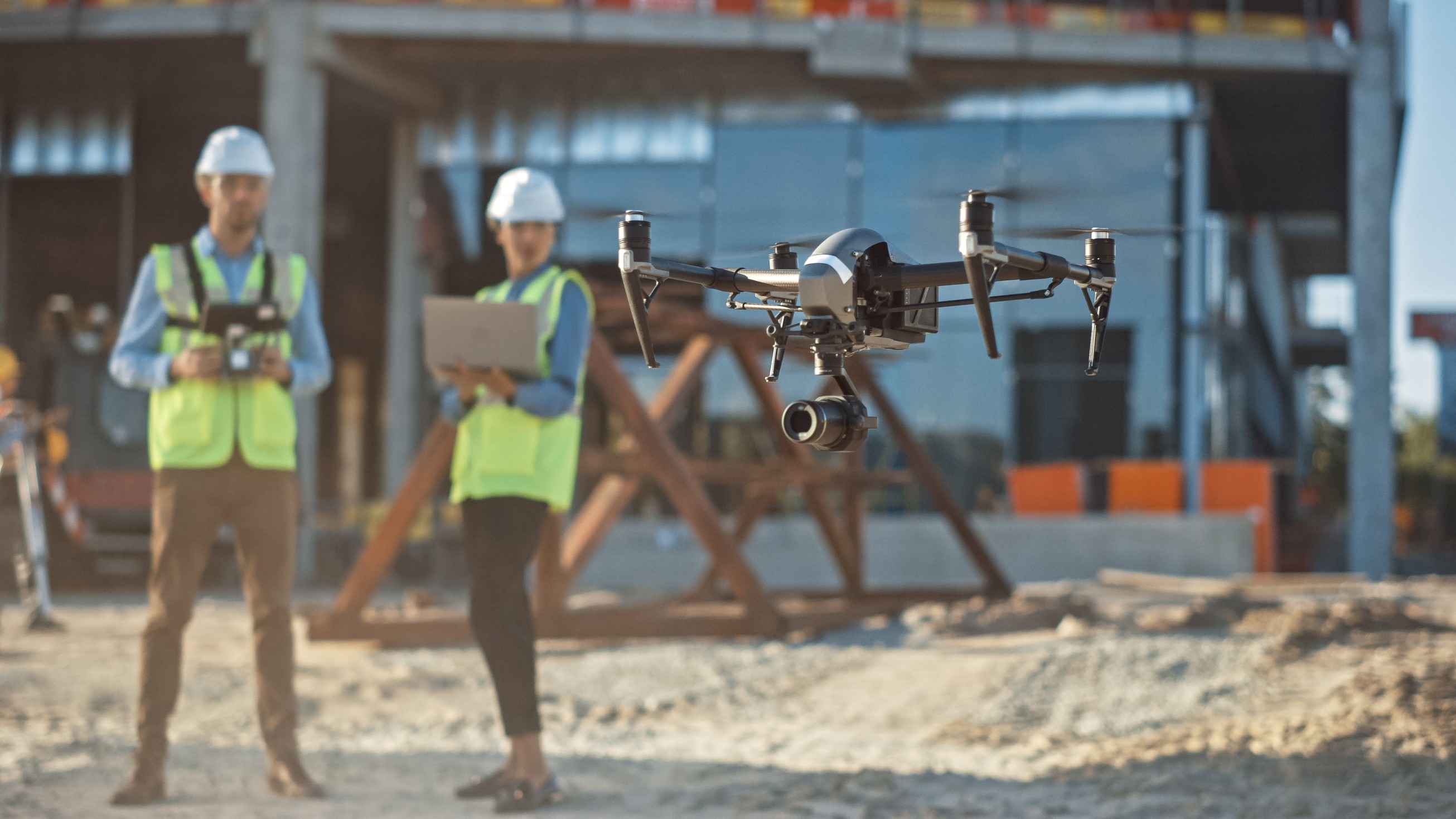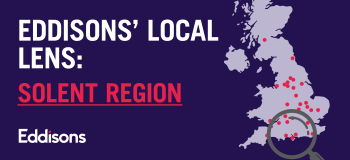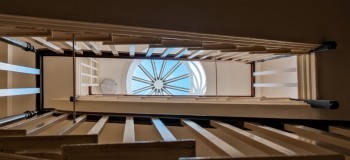16/05/2023
Insights
Combining traditional methods with cutting-edge technology
Eddisons’ deployment of commercial drones has revolutionised the inspection work of our Building Consultancy teams across the country. Nick Galloway, Director, Northampton & Kettering is a big fan of the benefits - but not pigeons.
Locally, we have an office network of drones serving our East Midlands clients and they are generally operated in house. Each surveyor-operator has obtained the UK Civil Aviation Authority’s Flyers ID and we follow the CAA’s Drone & Model Aircraft Flyer’s Code.
Additionally, we have developed Eddisons’ own Pre-Flight Checklist & Risk Assessment procedures prior to each drone’s take off. And, of course, our drone use is fully insured with each having its operator ID label in the unlikely event it goes astray.
In Building Consultancy, our primary deployment of drones is for roof inspections as they really can reach the parts other kit cannot reach.
A range of commissions for clients can see drone deployment.
Typically, for tenant-led instructions, these are:
- Schedules of Conditions – to help formally record roof conditions in order to lime the repairing and, potentially, reinstatement & redecoration, obligations of their lease
- Schedules of Dilapidations – checking the extent of breaches and remedies claimed against lease obligations.noting disrepair, again in respect of their obligations.
Other uses for drone include:
- Building Surveys for purchasers pre-acquisition
- Planned Maintenance Surveys to review the condition
- Project Monitoring for assisting the general progress of site works and high level areas
Advantages
Pre-drone, roof inspections would, typically, involve some form of specialist access equipment - scaffolding and/or a cherry picker or scissor lift.
Not only do conventional kit and specialist contractors & operators add costs for hire, lead times to book add a time delay to the job in hand.
While we do have good relationships with our local contractors, time is money for us consultants in the same way it is for clients, and drones see pacier progress on project workloads and increase our capacity to take on more without compromising professional standards.
Not every building we are asked to inspect has good vehicular access for a flat-bed cherry-picker truck. The layout of sites can often be dense and congested or they may require permissions for the parking of commercial vehicles.
Many new-build sites - awaiting occupier handover - or void sites are guarded by anti-trespass blocks to prevent unauthorised vehicle access. And while hire companies can have these ‘lifted & shifted’, this incurs further costs.
This is another instance where use of a drone enables these security measures to remain in place during the inspection.

Conservation
Many historic or Listed Buildings - and even some buildings in the era of Construction Design & Management Regulations - were not designed with roof access.
In these instances, use of a drone can help identify the location of a defect in order to target the best place for physical access for repair in a more cost effective way than just general access to the roof.
The use of siphonic guttering on modern warehouses means that even something as simple as a plastic bag blown on to the roof may get sucked over the gutter outlet and cause a blockage.
If suspected, a drone allows for a quick inspection ahead of mitigating the risk.
That’s not to say that conventional kit has become redundant for inspections because drones can provide initial information on a job ahead of having to go down the more conventional route.
Limitations
Drones do have their limitations. They can be more limited in identifying the cause of the visible defect as they cannot gain the close-up access that a physical inspection can.
Safety & security reasons such as proximity to military and commercial flight paths do not permit the use of drones. High winds and other meteorological elements have to be factored in too.
We do use an App which has an interactive map advising of areas where extreme caution should be exercised in the air. It also advises of ground hazards posing safety, security or privacy risks.
There are matters of safeguarding to be considered too if there are schools or public buildings or areas where children are likely to be.
On a lighter note, our drones have had to cope with the attention of birds in the air and nesting on roofs. We are very wary of pigeons, especially.
But when using our drones can give a saving of 60% to 80% on a project where once there was no alternative to hiring conventional kit, plus the additional time savings, they have become the go-to option at the outset.






